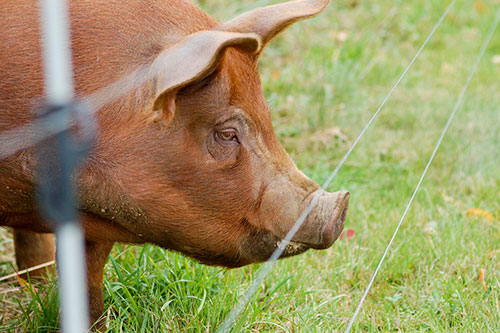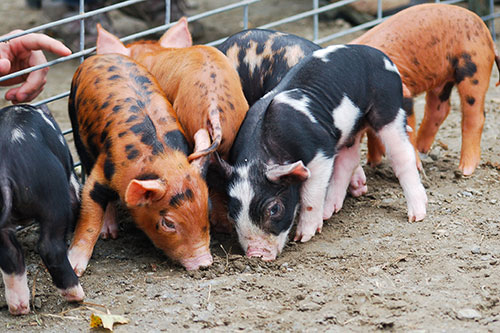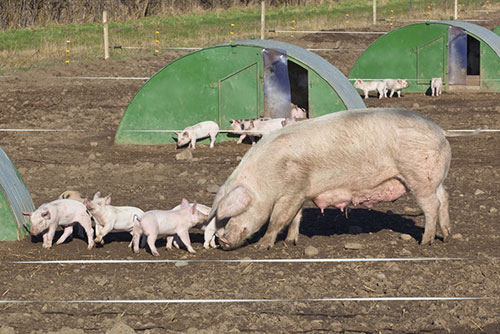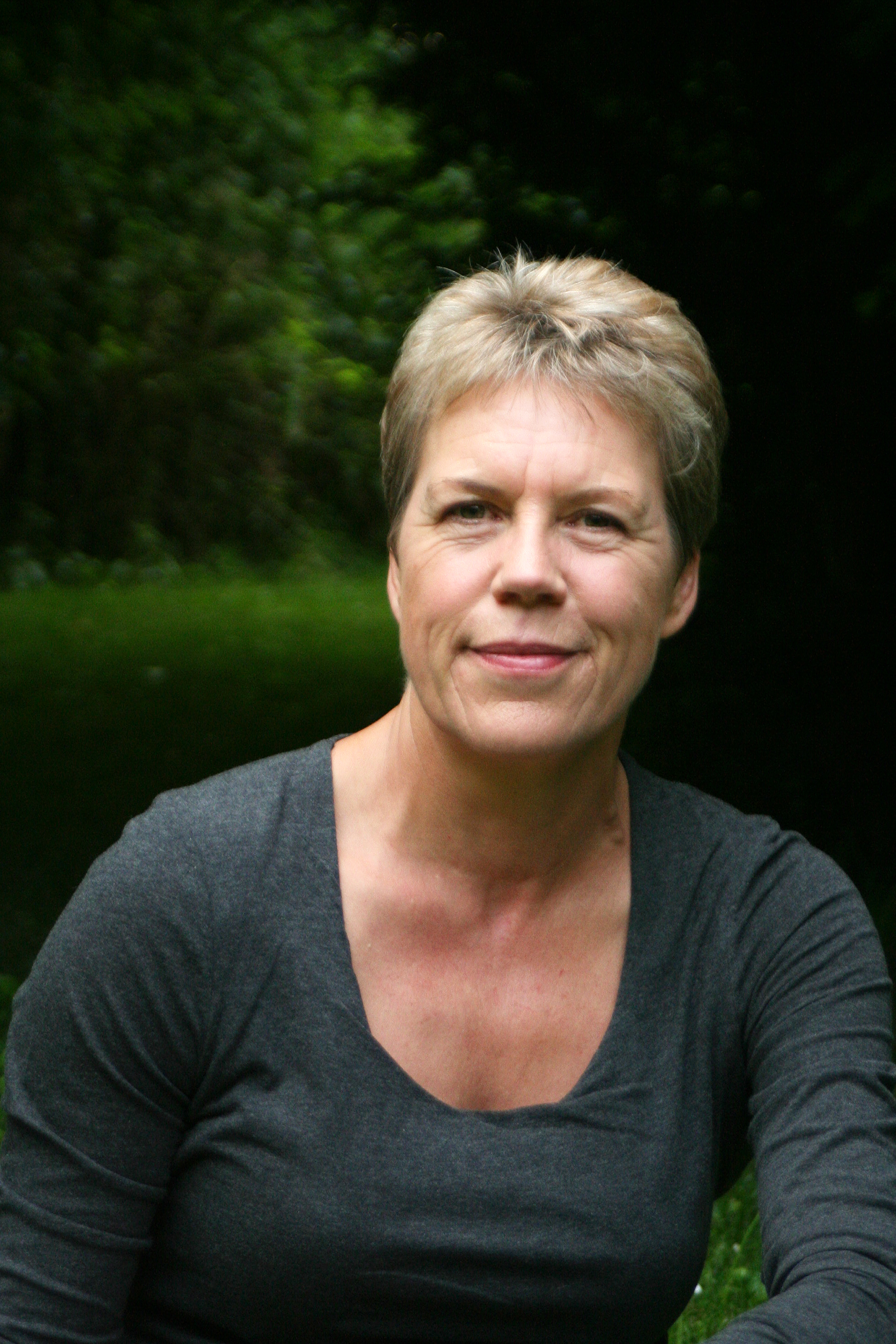



Simple Guide to Organic Pig Production
Organic pork is a growing market in many countries, providing premium prices to producers alongside excellent animal welfare and environmental benefits. This guide, by Melanie Jenkins, explains how to produce for the organic sector.
Organic food has been around for decades, but it is a niche area that is gradually becoming more mainstream. According to the Soil Association, total organic sales in the UK increased by 4% in 2015, to over £1.86 billion.
“Organic farming can open doors to new markets,” says Tim Bevan, farm business advisor at the Soil Association.
“The mood amongst consumers is changing and many are looking for more local and sustainable food. Organic certification gives the assurance that food has been produced using environmentally friendly, sustainable methods that are good for animals.”
Conversion
Rules and regulations will vary dependent upon country, so it’s important to check local details before setting out. Some governments also offer financial incentives to promote organic farming.
In the UK, conversion can take up to three years before full organic status is achieved, with a series of inspections to monitor progress. Farmers commonly start out with non-organic animals so the sows must undergo the appropriate conversion period before they can produce organic young stock on organic land, and do not ever achieve organic status themselves.
Breeding boars that are brought in from non-organic farms should thereafter be reared and fed to organic standards. Artificial Insemination (AI) is permitted but there may be restrictions.

Health & Treatments
Converting to organic greatly restricts the use of conventional veterinary medicines and treatments.
“Where effective, the organic standards recommend the use of homeopathic and herbal preparations in preference to synthetic chemical medicines,” says Mr Bevan.
“However, the standards do permit the use of chemical medicines in order to avoid suffering and distress, and where homeopathic and herbal preparations would not be effective.”
Farmers should adopt preventative husbandry and management practices to minimise pest and disease problems – and reliance on chemical treatments.
Prohibited inputs for livestock include all organophosphate treatments, the unauthorised use of routine veterinary treatments and the unauthorised feeding of non-organic feedstuffs which may be contaminated with genetically modified material. As much feed as possible must be certified organic. Other prohibited practices include: Ringing; farrowing crates; castration; tail docking; teeth cutting or grinding and prophylactic use of iron injections.

Land management and housing
Pigs should have outdoor access all year round but regulations vary from country to country. Land should therefore be relatively level and free draining in a low rainfall area (less than 800mm/year).
Good land rotation is essential, as the use of synthetic fertilisers, herbicides and pesticides is prohibited.
Case study
Helen Browning, chief executive of the Soil Association, started farming organically at Eastbrook Farm, Bishopstone, Wiltshire, UK, nearly 30 years ago and now farms 1,400 organic acres.

“While studying I became worried about the loss of wildlife and hedgerows on farms,” she says. “I was also shocked by intensive farming and the welfare of animals, so organic looked like a really interesting option. I thought it might solve the issues I was concerned with as well as producing a good quality product.”
Ms Browning started by converting bits of land over a six-year period. “I would recommend stepped conversion for a larger farm with lots of cereals on it. If you are on a smaller farm then it is better to convert all together but experiment a bit to begin with.”
She crosses British Saddleback sows – which have good mothering ability and long milking periods - with Large Whites to produce a leaner breed with great taste and performance.
“Traditional breeds can have large amounts of fat, which there is a limited market for, so breeding is important. I wanted a free-range system that worked for the pigs and we now have 200 sows and are finishing 3,500 pigs a year.”
Ms Browning rotates the land to keep disease and worms at bay, and to boost subsequent arable or vegetable yields. “This means the pigs don't stay on the same land for very long and we hardly have to use any antibiotics because disease and pests are kept to a minimum.”
Feed is not hard to find, but do watch prices, she warns. “It can be better to grow your own grain to keep costs down. Try and source locally - any imported organic food should meet local organic standards so ask the hard questions of your supplier.”
It is also important to talk to staff before conversion, so they are on-board, says Ms Browning.
“Arrange a visit to a well-run organic herd and maybe get some work experience to learn from others, understand the rules and ask questions.
“The market is all about knowing where to sell and getting the fundamentals right. If you are quite small then you are looking for direct supply to local butchers, restaurants and farm shops. If you are looking to go bigger then talk to larger businesses and explore gaps in the market.”
July 2015
Photos courtesy of Shutterstock






